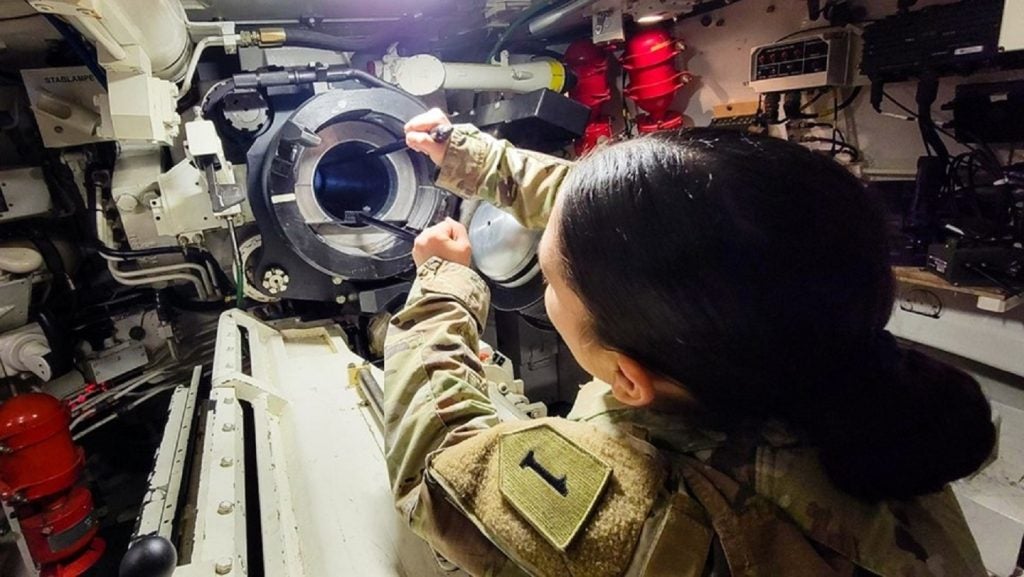On the 29 February 2024, the US Department of Defense (DoD) issued two contracts to design a prototype for an Advanced Reconnaissance Vehicle (ARV) with a medium calibre autocannon.
Awarded to two US defence technology providers – Textron, in a deal worth $11.8m, and General Dynamics Land Systems, in a contract valued slightly less at $10.9m – both are due to complete their designs by 24 March 2024.
Army Contracting Command invested in the competition from the ‘Fiscal 2024 research, development test and evaluation, Marine Corps funds’, which suggests that the future platform may provide an amphibious capability.
According to the leading intelligence consultancy, GlobalData, the US Army operates various ground-based artillery systems including 198 M109A6 Paladin units, 247 units of the latest M109A7 artillery, 1,420 units of the M2 Bradley vehicle, as well as 143 M7 Bradleys, among other similar systems.
When it comes to the autocannon, the German-based arms manufacturer, Rheinmetall, defines its own family of medium calibre automatic cannons within the 20-millimetre (mm) to 35mm calibre range.
These weapons are designed to retain their firepower, precision and reliability even under extreme environmental conditions, they have excellent mass-to-performance ratios, compact designs, long service lives and reduced recoil forces, the company delineated.
The US Army inventory also boasts a wide array of armoured, multi-purpose vehicles, from numerous Humvees to Joint Light Tactical Vehicles, onto which its various artillery systems can be integrated.
However, the inventory list appears to lack a reconnaissance-specific platform – a potential gap that the DoD may intend to fill with these two competing designs.
An unexpected platform request
DoD's request for a new reconnaissance platform is unexpected, given the Army’s commitment to a new modular and open systems approach. Essentially, this is a cost-saving process that involves the iterative development of existing platforms, while integrating new capabilities.
This approach is best exemplified by the various versions within the Abrams family of main battle tanks, including the popular SEPv3 and the M1A2, among others.
The US Army already has the future XM30 infantry fighting vehicle and the consideration of various forms of uncrewed ground vehicles (UGVs) (for a hybridised force structure that no longer ‘trades blood for first contact’) in the pipeline.
While a crewed reconnaissance platform would fulfill the Army’s request for a hybrid force alongside UGVs when approaching an adversary on the battlefield, at the same time, designing a new platform from scratch neglects the iterative development process that the Army also supports.









